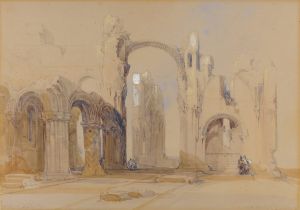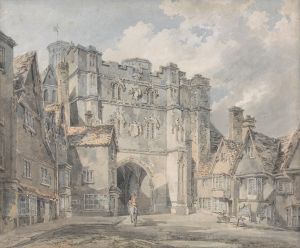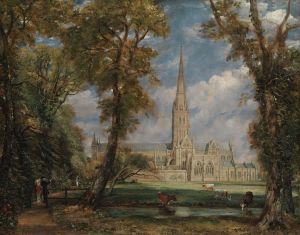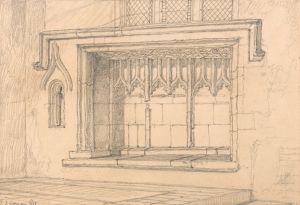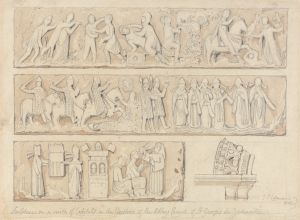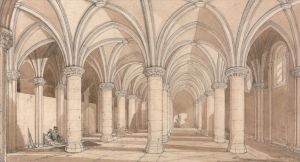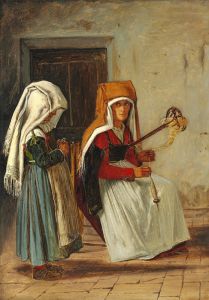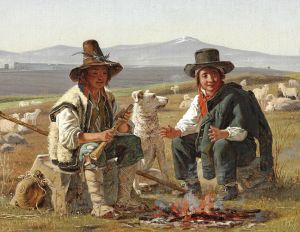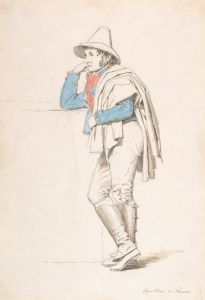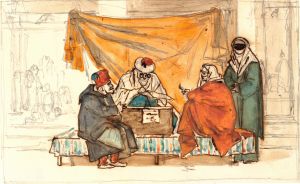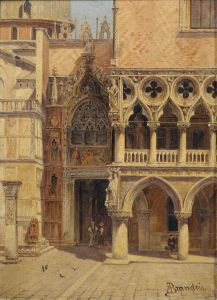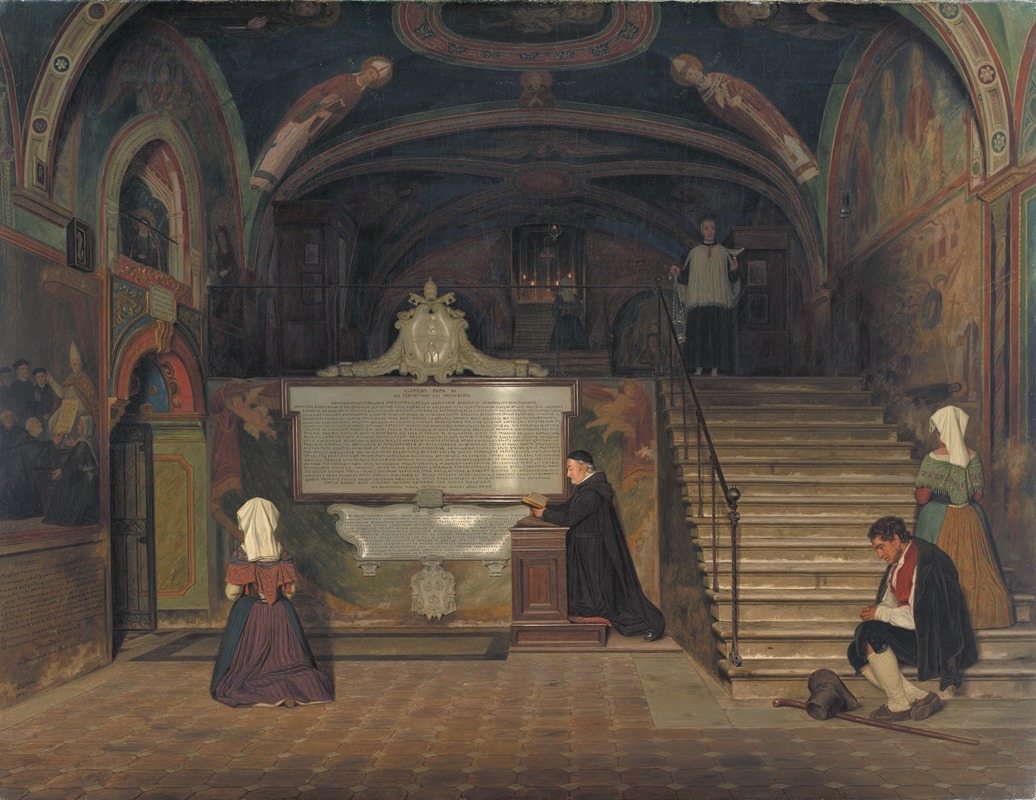
The Crypt in the Monastry of San Benedetto in Subiaco, Italy
A hand-painted replica of Martinus Rørbye’s masterpiece The Crypt in the Monastry of San Benedetto in Subiaco, Italy, meticulously crafted by professional artists to capture the true essence of the original. Each piece is created with museum-quality canvas and rare mineral pigments, carefully painted by experienced artists with delicate brushstrokes and rich, layered colors to perfectly recreate the texture of the original artwork. Unlike machine-printed reproductions, this hand-painted version brings the painting to life, infused with the artist’s emotions and skill in every stroke. Whether for personal collection or home decoration, it instantly elevates the artistic atmosphere of any space.
Martinus Rørbye was a prominent Danish painter of the 19th century, known for his contributions to the Danish Golden Age of painting. He was born on May 17, 1803, in Drammen, Norway, and later moved to Denmark, where he became a significant figure in the Danish art scene. Rørbye is celebrated for his detailed and atmospheric landscapes, as well as his depictions of architectural interiors and everyday life.
One of Rørbye's notable works is "The Crypt in the Monastery of San Benedetto in Subiaco, Italy." This painting is a fine example of his interest in capturing the essence of historical and religious sites, a common theme in his oeuvre. The painting depicts the crypt of the Monastery of San Benedetto, located in Subiaco, Italy. This monastery is historically significant as it is associated with Saint Benedict of Nursia, the founder of the Benedictine Order, who spent time in Subiaco during the early 6th century.
Rørbye's painting captures the serene and contemplative atmosphere of the crypt, highlighting the interplay of light and shadow that characterizes many of his works. The composition likely reflects his keen eye for architectural detail and his ability to convey the spiritual and historical significance of the spaces he depicted. The crypt, with its ancient stone walls and arches, is rendered with meticulous attention to detail, showcasing Rørbye's skill in portraying the textures and forms of historical architecture.
The Monastery of San Benedetto itself is an important cultural and religious site. It is part of the larger complex of monasteries in Subiaco, which includes the Monastery of Santa Scolastica. These monasteries have been centers of religious life and learning for centuries and are renowned for their historical and architectural significance. The Monastery of San Benedetto, also known as the Sacro Speco or "Holy Cave," is particularly famous for its connection to Saint Benedict and its stunning frescoes that date back to the medieval period.
Rørbye's journey to Italy was part of a broader tradition among artists of the time, who often traveled to Italy to study its rich artistic heritage and draw inspiration from its landscapes and historical sites. This practice was known as the Grand Tour, and it played a crucial role in shaping the artistic development of many European painters. During his travels, Rørbye created numerous sketches and paintings that captured the essence of the Italian landscape and its cultural landmarks.
"The Crypt in the Monastery of San Benedetto in Subiaco, Italy" is a testament to Rørbye's ability to blend his interest in architecture with his talent for creating atmospheric and evocative scenes. His work not only documents the physical appearance of these historical sites but also conveys a sense of their spiritual and cultural significance. Through his art, Rørbye invites viewers to appreciate the beauty and history of the places he depicted, offering a glimpse into the past and the enduring legacy of these remarkable locations.
Overall, Martinus Rørbye's painting of the crypt in the Monastery of San Benedetto exemplifies his skill as an artist and his dedication to capturing the essence of the places he visited. His work remains an important part of the Danish Golden Age of painting and continues to be appreciated for its historical and artistic value.





